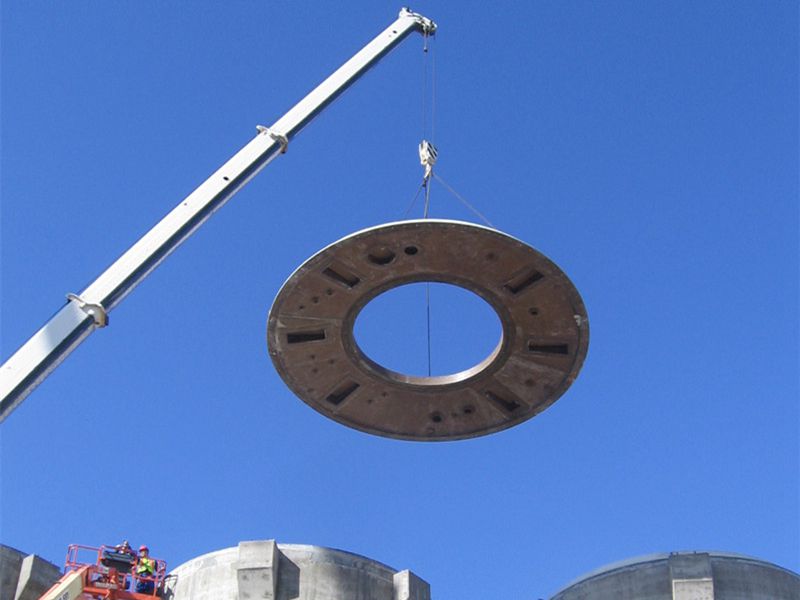
-
 Afrikaans
Afrikaans -
 Albanian
Albanian -
 Amharic
Amharic -
 Arabic
Arabic -
 Armenian
Armenian -
 Azerbaijani
Azerbaijani -
 Basque
Basque -
 Belarusian
Belarusian -
 Bengali
Bengali -
 Bosnian
Bosnian -
 Bulgarian
Bulgarian -
 Catalan
Catalan -
 Cebuano
Cebuano -
 China
China -
 China (Taiwan)
China (Taiwan) -
 Corsican
Corsican -
 Croatian
Croatian -
 Czech
Czech -
 Danish
Danish -
 Dutch
Dutch -
 English
English -
 Esperanto
Esperanto -
 Estonian
Estonian -
 Finnish
Finnish -
 French
French -
 Frisian
Frisian -
 Galician
Galician -
 Georgian
Georgian -
 German
German -
 Greek
Greek -
 Gujarati
Gujarati -
 Haitian Creole
Haitian Creole -
 hausa
hausa -
 hawaiian
hawaiian -
 Hebrew
Hebrew -
 Hindi
Hindi -
 Miao
Miao -
 Hungarian
Hungarian -
 Icelandic
Icelandic -
 igbo
igbo -
 Indonesian
Indonesian -
 irish
irish -
 Italian
Italian -
 Japanese
Japanese -
 Javanese
Javanese -
 Kannada
Kannada -
 kazakh
kazakh -
 Khmer
Khmer -
 Rwandese
Rwandese -
 Korean
Korean -
 Kurdish
Kurdish -
 Kyrgyz
Kyrgyz -
 Lao
Lao -
 Latin
Latin -
 Latvian
Latvian -
 Lithuanian
Lithuanian -
 Luxembourgish
Luxembourgish -
 Macedonian
Macedonian -
 Malgashi
Malgashi -
 Malay
Malay -
 Malayalam
Malayalam -
 Maltese
Maltese -
 Maori
Maori -
 Marathi
Marathi -
 Mongolian
Mongolian -
 Myanmar
Myanmar -
 Nepali
Nepali -
 Norwegian
Norwegian -
 Norwegian
Norwegian -
 Occitan
Occitan -
 Pashto
Pashto -
 Persian
Persian -
 Polish
Polish -
 Portuguese
Portuguese -
 Punjabi
Punjabi -
 Romanian
Romanian -
 Russian
Russian -
 Samoan
Samoan -
 Scottish Gaelic
Scottish Gaelic -
 Serbian
Serbian -
 Sesotho
Sesotho -
 Shona
Shona -
 Sindhi
Sindhi -
 Sinhala
Sinhala -
 Slovak
Slovak -
 Slovenian
Slovenian -
 Somali
Somali -
 Spanish
Spanish -
 Sundanese
Sundanese -
 Swahili
Swahili -
 Swedish
Swedish -
 Tagalog
Tagalog -
 Tajik
Tajik -
 Tamil
Tamil -
 Tatar
Tatar -
 Telugu
Telugu -
 Thai
Thai -
 Turkish
Turkish -
 Turkmen
Turkmen -
 Ukrainian
Ukrainian -
 Urdu
Urdu -
 Uighur
Uighur -
 Uzbek
Uzbek -
 Vietnamese
Vietnamese -
 Welsh
Welsh -
 Bantu
Bantu -
 Yiddish
Yiddish -
 Yoruba
Yoruba -
 Zulu
Zulu
FRP Car - Innovative Composite Solutions for Automotive Industry
The Rise of FRP Cars Innovations in Lightweight Automotive Engineering
In recent years, the automotive industry has witnessed a significant shift towards the adoption of advanced materials, particularly Fiber Reinforced Polymer (FRP). This innovative material has garnered attention for its unique properties, making it a game-changer in automotive design and manufacturing. The rise of FRP cars represents a critical advancement in lightweight automotive engineering, with implications for performance, efficiency, and sustainability.
.
One of the most notable benefits of FRP cars is their improved performance characteristics. The lightweight nature of FRP allows for better acceleration, handling, and braking. Enthusiasts and everyday drivers alike appreciate the responsive feel that comes with a lighter vehicle. Furthermore, the high strength-to-weight ratio of FRP contributes to enhanced safety, as it can absorb impact energy better than traditional materials, thus providing greater protection for occupants in the event of a collision.
frp car

The potential of FRP extends beyond performance. In an era where sustainability is at the forefront of consumer consciousness, FRP materials can be produced with a reduced environmental footprint. Many manufacturers are exploring bio-based resins and sustainable fibers as an alternative to traditional petroleum-based products. This shift not only minimizes the environmental impact of production but also opens the door for recycling and reusing materials, further aligning with the principles of a circular economy.
Additionally, the versatility of FRP allows for more creative and innovative car designs. With the ability to mold complex shapes, designers can push the boundaries of traditional aesthetics, resulting in unique vehicles that stand out in a crowded marketplace. This creative freedom can lead to new interpretations of automotive design, attracting a diverse range of consumers looking for something beyond the conventional.
Despite its numerous advantages, the widespread adoption of FRP materials in the automotive industry does face challenges. High production costs and the need for specialized manufacturing techniques can pose barriers for many manufacturers. However, as technology advances and more companies invest in research and development, these challenges are gradually being addressed.
In conclusion, the rise of FRP cars marks a significant milestone in automotive engineering. With their lightweight nature, enhanced performance, sustainability potential, and design versatility, FRP vehicles are set to redefine the driving experience. As the industry continues to evolve and adapt to new technologies, the future looks promising for FRP materials in automotive applications, heralding a new era of innovation in the automotive world.
Latest news
-
Exploring the Benefits of Top Hammer Drifter Rods for Enhanced Drilling PerformanceNewsJun.10,2025
-
High-Precision Fiberglass Winding Machine for GRP/FRP Pipe Production – Reliable & Efficient SolutionsNewsJun.10,2025
-
FRP Pipes & Fittings for Shipbuilding - Corrosion-Resistant & LightweightNewsJun.09,2025
-
Premium FRP Flooring Solutions Durable & Slip-ResistantNewsJun.09,2025
-
Premium Fiberglass Rectangular Tanks Durable & Lightweight SolutionNewsJun.09,2025
-
Tapered Drill String Design Guide Durable Performance & UsesNewsJun.09,2025









